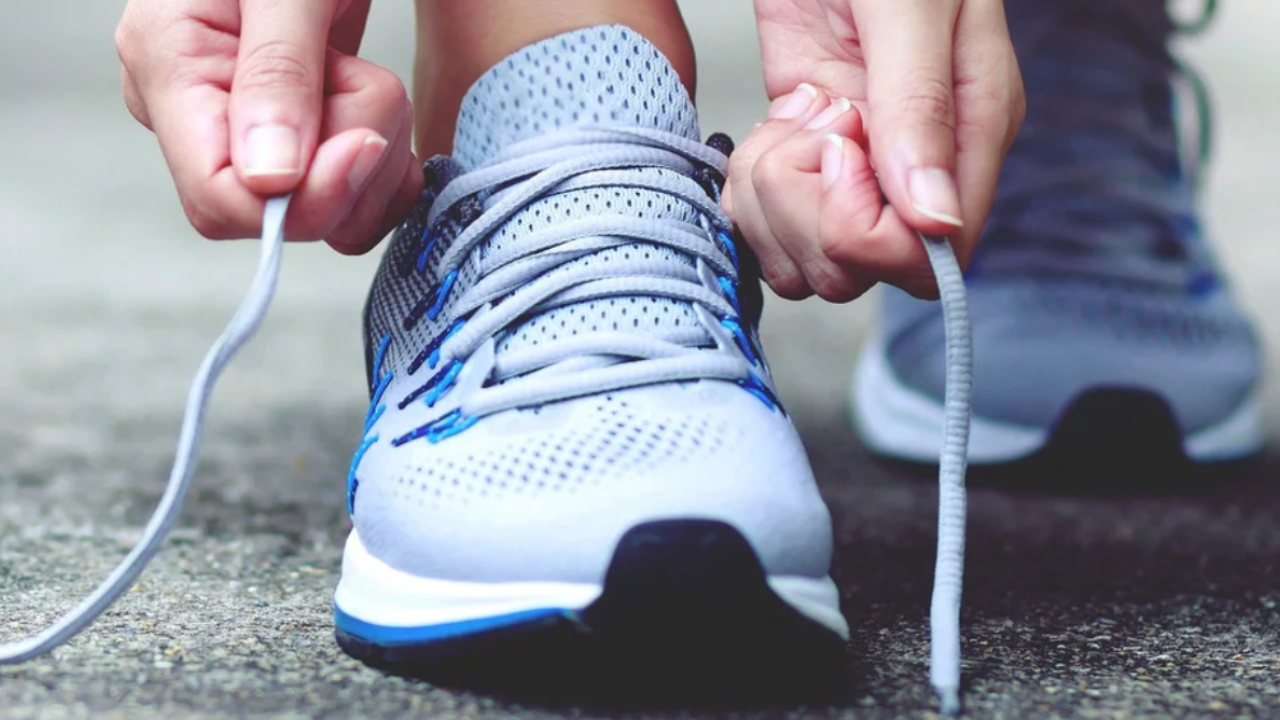How to Choose the Best Running Shoes for You!
Feb 13, 2025
If you’re a runner, you know how important it is to find the right pair of shoes. With countless brands, models, and marketing claims, selecting the best running shoes can feel overwhelming. Here’s a guide to help you make an informed decision, tailored to your needs and goals as a runner.
- Understand Your Running Style and Foot Type
Finding the right shoe starts with knowing your unique needs. Consider these factors:
- Foot Mechanics: Your arch type and pronation pattern are key. A gait analysis at a specialty store can help identify whether you have neutral mechanics, overpronation (requiring stability shoes), or underpronation/supination (needing extra cushioning).
- Injury History: If you’re recovering from an injury, like posterior tibialis tendinopathy or plantar fasciitis, your shoe needs may differ.
- Performance Goals: Are you a short-distance sprinter, a long-distance marathoner, or a casual jogger? Each activity may call for different features in a shoe.
- Match Your Shoe to Your Activity
Different types of running require different shoes:
- Road Running: Look for lightweight shoes with cushioning for smooth surfaces.
- Trail Running: Prioritize shoes with rugged soles, protective uppers, and excellent grip.
- Treadmill Running: Opt for flexible and lightweight shoes that balance cushioning and responsiveness.
- Racing and Performance: Minimalist or racing flats are best for speed but may not offer long-term support for everyday training.
- Prioritize Fit and Comfort
Comfort should reign supreme when selecting running shoes. Here’s how to ensure the best fit:
- Sizing: Leave about a thumb’s width between your longest toe and the shoe’s front.
- Try Them On: Shop later in the day when your feet are slightly swollen from activity.
- Test Run: Take the shoes for a jog in-store, if possible, to ensure they feel right.
- Orthotics: If you use custom inserts, make sure the shoe accommodates them without altering the fit.
- Evaluate the Heel Drop
Heel drop, the difference in height between the heel and the forefoot of a shoe, plays a significant role in how the shoe feels and performs.
- Low Heel Drop (0-4mm): Encourages a midfoot or forefoot strike, which may benefit some runners but can increase strain on the calves and Achilles tendon.
- Moderate Heel Drop (5-8mm): Offers a balance between natural running mechanics and cushioning.
- High Heel Drop (10-12mm or more): Provides additional cushioning under the heel, often preferred by heel-strike runners or those seeking extra support for long-distance runs.
Understanding your running style and any injury considerations can help determine the best heel drop for you.
- Rotate Your Shoes
Using multiple pairs of shoes for different runs can reduce the risk of running-related injuries (RRIs). Alternating between brands or styles helps vary stress patterns on your feet and lower extremities.
- Replace Shoes Regularly
Running shoes lose cushioning and support over time, typically after 300-500 miles. Signs it’s time for a new pair include increased discomfort, noticeable wear patterns, or a decline in performance.
- Consider Modern Trends with Caution
The running shoe industry has seen trends like minimalist and maximalist shoes. While minimalist shoes mimic barefoot running, they’re not ideal for everyone and may increase lower leg strain. Maximalist shoes provide extra cushioning but may not suit those with stability needs. Let your preferences, goals, and gait dictate your choice.
Key Takeaways
- Comfort and proper fit are the most critical factors in choosing running shoes.
- Match your shoes to your running style, surface, and goals.
- Consider the heel drop that aligns with your running mechanics and preferences.
- Rotate between different pairs to reduce injury risks.
- Replace shoes every 300-500 miles to maintain support and cushioning.
- Seek expert advice if needed, such as a gait analysis or input from a sports medicine professional.
Running is a simple, rewarding sport, but the right shoes can make all the difference in performance, injury prevention, and overall enjoyment.
Happy running!
Dr. Charlotte, PT, DPT, ATC, LAT
Let us help you figure out to live your best active life today!
Remember, Movement is Medicine!

